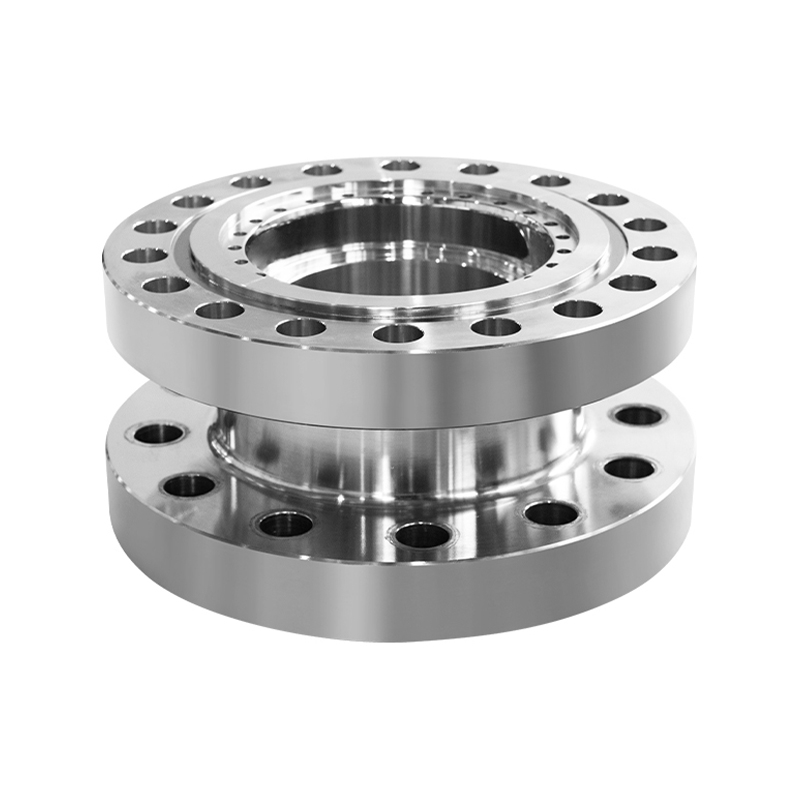In gas distribution networks, safety and reliability are critical factors that influence the design and selection of valve assemblies. Proper valve components play a significant role in maintaining system integrity, preventing leaks, and ensuring smooth operation under varying pressure and temperature conditions. Among the various valve types used in these networks, the ball valve is widely recognized for its straightforward design and operational efficiency. This article explores the importance of safe valve assemblies in gas distribution, with particular attention to the ball trap valve, SS ball valve flange type, and key components of ball valve assemblies.

Understanding Valve Assemblies in Gas Distribution
Valve assemblies in gas pipelines serve multiple essential functions. They regulate flow, isolate sections of the pipeline for maintenance, and provide emergency shutoff capabilities in the event of a system fault. Because gas is highly flammable and potentially hazardous, valves used in distribution systems must comply with strict safety and performance standards. The choice of valve type and components directly impacts the safety and functionality of the network.
Ball valves are commonly used in gas distribution due to their simple mechanism, which provides a quick and reliable shutoff. The quarter-turn operation of ball valves enables rapid control, reducing the risk of gas leakage during emergency situations. In addition, the compact design of ball valves facilitates installation in tight spaces often encountered in urban or industrial gas networks.
The Role of the Ball Trap Valve
A specialized form of ball valve, the ball trap valve, is designed to capture and retain debris or foreign particles within the valve chamber. This feature helps protect the downstream components and pipeline from damage or blockages. In gas distribution systems, the ball trap valve can prevent contamination that might otherwise advance to valve malfunction or pipeline failure.
By trapping unwanted particles, this valve reduces maintenance frequency and improves system reliability. Its design allows for easy cleaning and inspection without complete system shutdown, which is advantageous for continuous gas supply networks.
Features of the SS ball valve flange type
Among various configurations of ball valves, the SS ball valve flange type is frequently selected for gas distribution networks. “SS” refers to stainless steel, a material known for its resistance to corrosion, high pressure, and temperature fluctuations. These properties make stainless steel ball valves suitable for harsh environmental conditions often encountered in gas pipelines.
The flange connection in this valve type provides a secure and stable joining method to the pipeline. Flanges offer advantages in assembly and disassembly, enabling easier maintenance and replacement of valve units. This type of connection also helps in aligning the valve correctly within the system, reducing the chances of leaks at the joints.
The SS ball valve flange type typically features robust sealing elements and precise machining to ensure leak-tight operation. These valves can be customized with various flange standards to match pipeline specifications, contributing to their versatility in gas distribution applications.
Key Components of Ball Valve Assemblies
A ball valve’s effectiveness in gas distribution networks depends on the quality and configuration of its components. The main components of ball valve assemblies include:
Valve Body: The outer casing that holds all the internal parts together. The body material influences corrosion resistance and mechanical strength.
Ball: The spherical element inside the valve that controls flow. It has a hole through its center; when aligned with the pipeline, gas flows freely, and when rotated 90 degrees, the flow is blocked.
Seats: These are sealing elements located around the ball to ensure a tight closure when the valve is shut. The material and design of seats are crucial to prevent leaks.
Stem: The shaft connected to the ball and handle or actuator. It transmits the turning force to the ball for opening or closing the valve.
Seals and Gaskets: Various seals prevent gas from leaking around the stem and other interfaces. Proper selection of seal materials is necessary for compatibility with gas types and pressure.
Flanges or End Connections: These connect the valve assembly securely to the pipeline. Flanged ends provide a strong mechanical fastening suitable for high-pressure systems.
Each component must be manufactured to meet stringent dimensional tolerances and material specifications. This ensures reliable performance and compliance with industry safety standards.
Safety Considerations in Valve Assembly for Gas Networks
Safety in gas distribution requires valve assemblies that can operate reliably under all conditions. The valve design should less the risk of leaks, provide quick shutoff capabilities, and be resistant to environmental and operational stresses.
Material selection is a key safety factor. Stainless steel components, such as in SS ball valve flange type valves, offer resistance to corrosion caused by moisture and other contaminants in the gas stream. Properly designed ball trap valves help maintain clean gas flow by capturing debris that might damage sealing surfaces.
Regular maintenance and inspection of valve assemblies are essential to detect wear or potential failures. Using standardized components simplifies replacement and repair procedures, less downtime.
Valve assemblies designed for gas distribution networks must balance safety, reliability, and ease of maintenance. Ball valves, including specialized forms like ball trap valves, provide effective flow control and shutoff capabilities. The SS ball valve flange type offers material and connection advantages well suited for the demanding conditions of gas pipelines. Understanding the components of ball valve assemblies and their roles in performance ensures safer operations and extended service life in gas distribution systems.